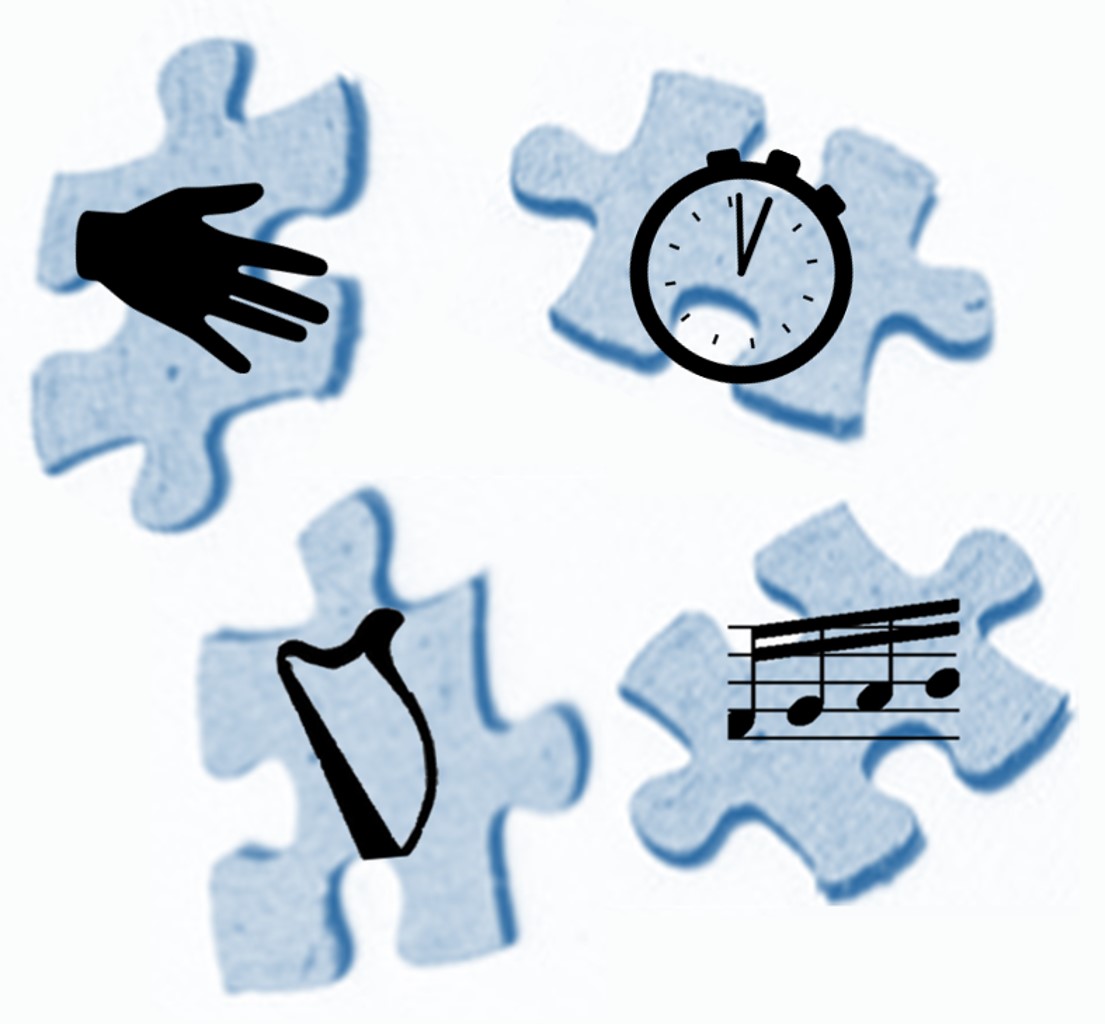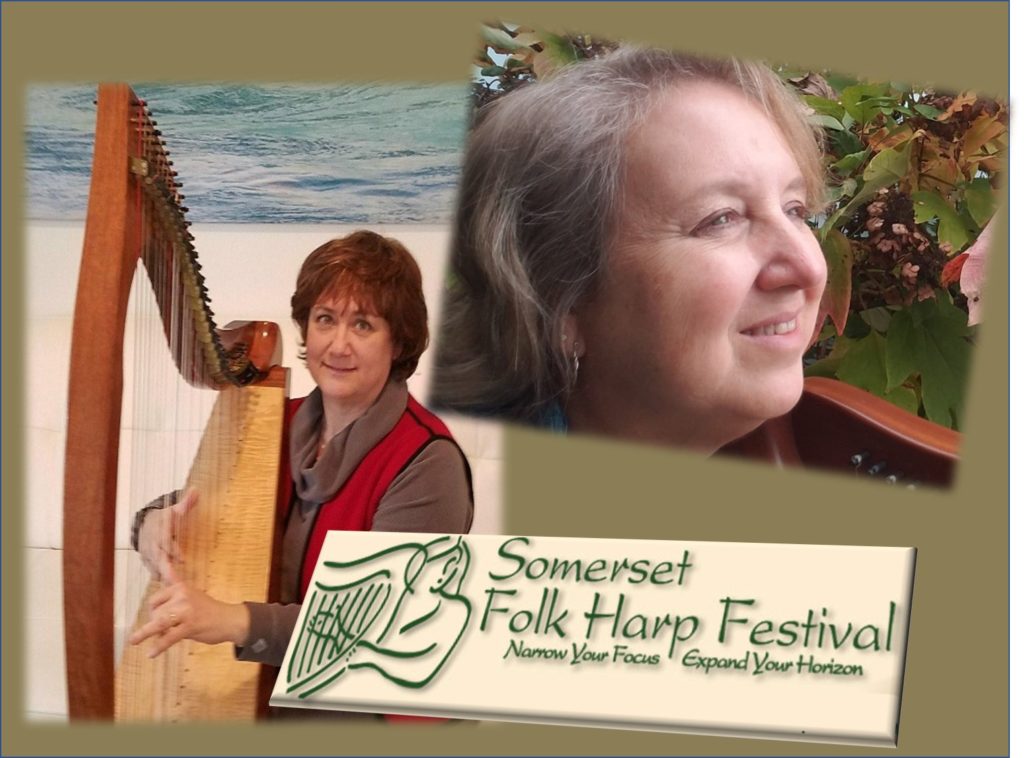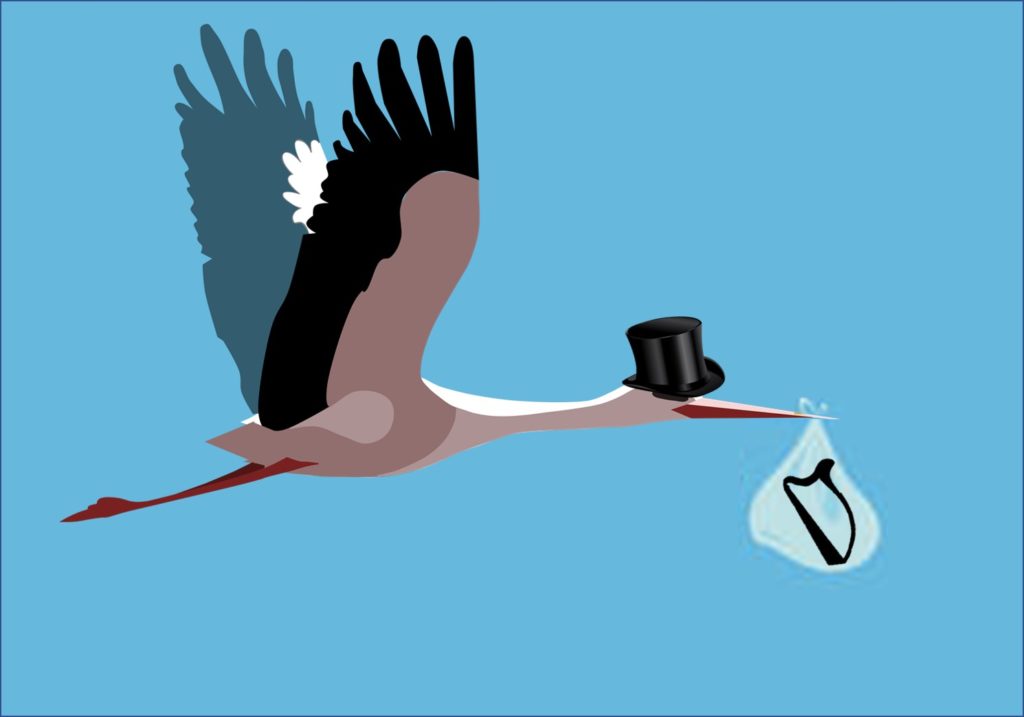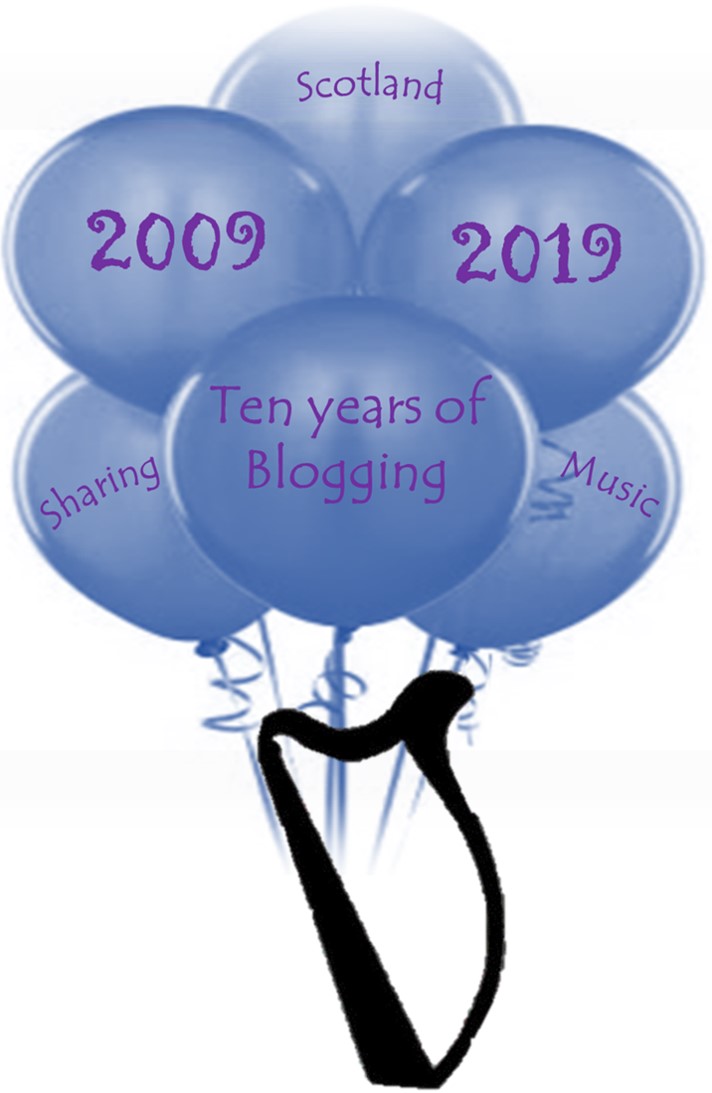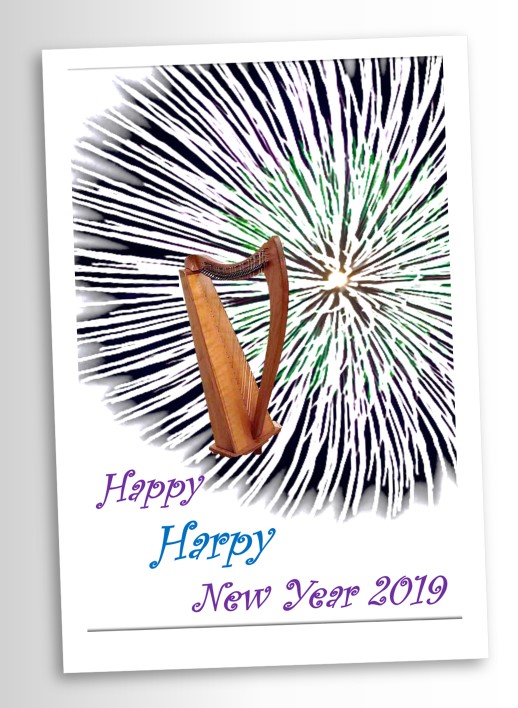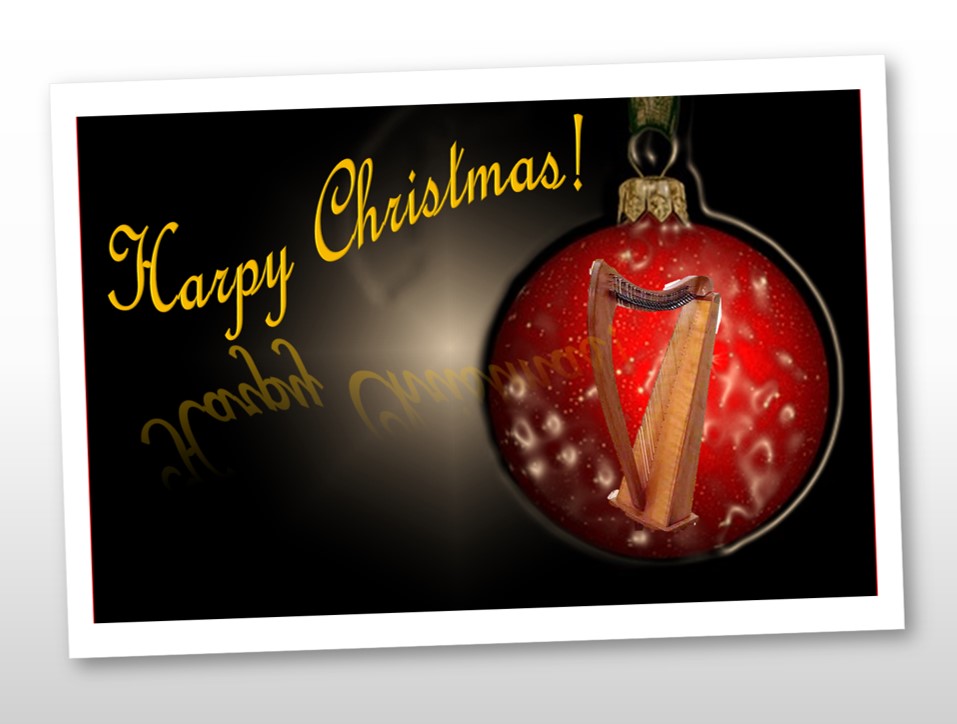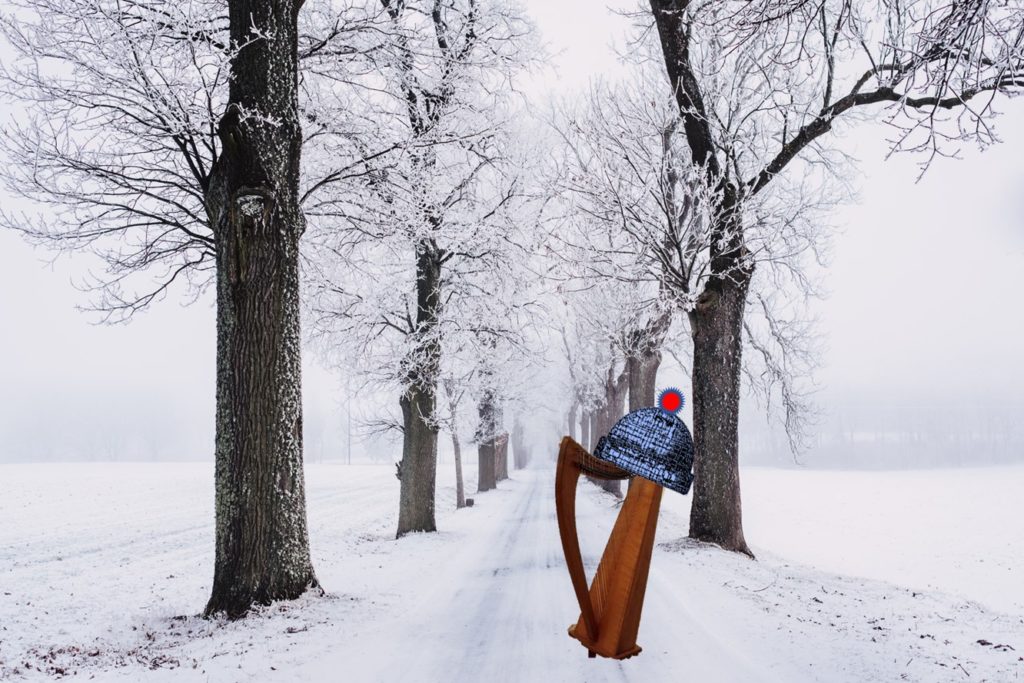You would think, for as much as we have a fondness for our instruments, that we would treat them extra specially. But sometimes, like so many other things we love, we may overlook basic maintenance, neglect derived from the familiarity that comes with daily use of our favorite tool.
Since you want it to last you forever (or at least until you fall in love with a different harp), a little maintenance will go a long way to making you happy, make your harp sound it’s best and to make it a keeper (or ready to sell on, if you do fall in love with a new, different harp). Regular maintenance will keep your harp in good health for a long time.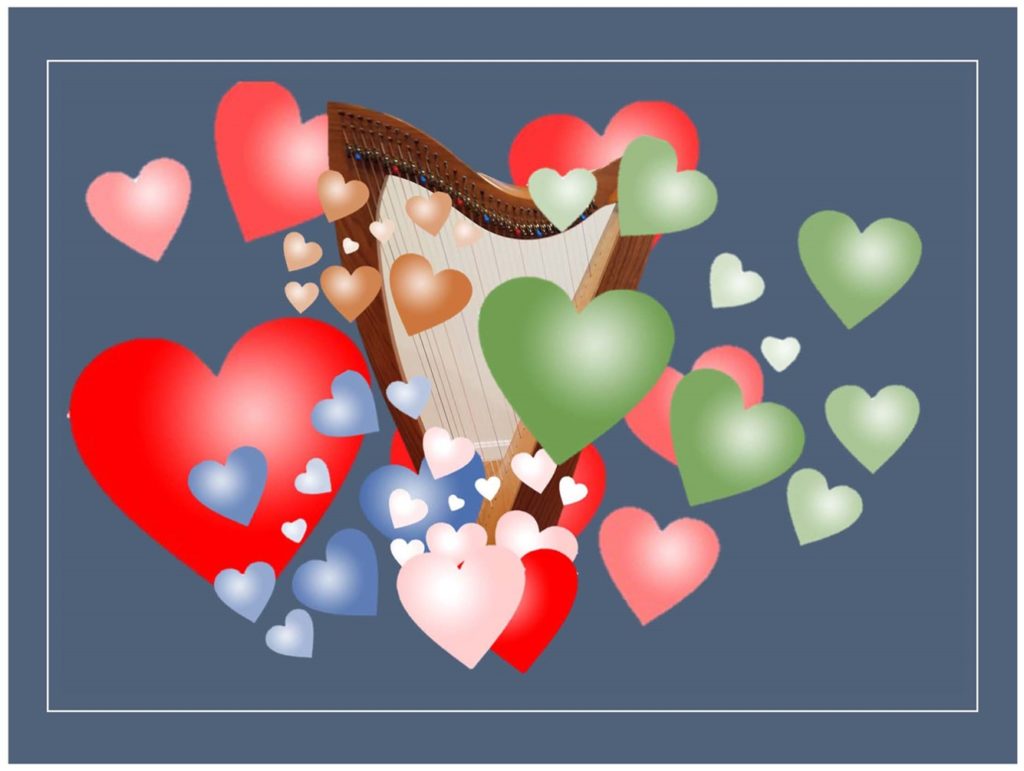 Your harp is a system – all the parts work together to make a beautiful instrument. If you are not going to treat it as a whole entity, you might as well buy one of those well carved HSO’s (Harp Shaped Objects) from an airline shopping catalog. Regular maintenance will assure that your harp stays strong and sounds good. That will allow you to enjoy its aesthetics – sound, feel, and look. The major parts of your system are the Strings, the body of the harp and the articulators. Since most of you are lever harpers, I’ll focus on that here. If you are a pedaler and would like equal time, send me a comment and I will be happy to oblige!
Your harp is a system – all the parts work together to make a beautiful instrument. If you are not going to treat it as a whole entity, you might as well buy one of those well carved HSO’s (Harp Shaped Objects) from an airline shopping catalog. Regular maintenance will assure that your harp stays strong and sounds good. That will allow you to enjoy its aesthetics – sound, feel, and look. The major parts of your system are the Strings, the body of the harp and the articulators. Since most of you are lever harpers, I’ll focus on that here. If you are a pedaler and would like equal time, send me a comment and I will be happy to oblige!
- Strings – are the highest maintenance element of your harp. Take care of them – they give your harp it’s characteristic sound – you know, the sound you fell in love with at first. But maintaining the strings will also make your life easier – everyday.
- Tune your harp – DAILY. All of it. A-L-L of the strings. DO NOT, as one person once told me, only tune the ones you’re going to use (yes, someone did tell me that one time – I didn’t know whether to laugh or cry). If you have had to replace a string, tune multiple times a day until the string settles. How will you know the string has settled? It won’t need to be tuned multiple times a day! Tuning has two other potential purposes or benefits. First, it gives you a chance to really look at your strings to be sure they are in good repair (and don’t need to be replaced) and second, tuning can be a type of meditation in which you are breathing and really focusing on the harp itself and its overall condition.
- Wash your hands! No matter the material from which your strings are made – wash your hands! You will get stuff on the strings – skin oil, cookie crumbs, brownie frosting, mayonnaise, cat hair – it will get on the strings. Did I mention – WASH YOUR HANDS! (Caveat – be especially vigilant if you enjoy encouraging potential players to give your instrument a go – I once had a delightful pre-K’er get strawberry jam all over the strings of my little harp before I could stop her. I didn’t think I’d ever get it all off my wound strings!)
- Replace your strings (annually or thereabouts) – hopefully you listen to your harp while you’re playing it and will hear when the strings have seen better days. They get “thuddy” – they don’t ring true. They may also refuse to stay in tune. How frequently you need to replace your strings depends on a number of things including how much you play, how you play, and how much money you have. A full set of strings can be pricey, so factor that into your budget. A full set of replacement strings for my Dusty 36 would run about $170 (and if I liked gut, that would rise to $400) so plan ahead. When you do replace your strings – remember that you need one set to install and an additional full set so you’ll have spares for potential breakage. You should know how to change strings on your harp (for when they break), but you can also pay someone else to do the restringing for you. Many luthiers offer this service for a charge. However, like many other chores, restringing can take on a rhythm which makes it, if not fun, at least not unpleasant.
- The Body – Protecting your harp
- Protecting the glue – don’t leave your harp in the car in warmer weather. Some take this to the extreme of never leave your harp in the car, but that can be a little bit unrealistic. However, when the weather warms up, just like an infant or a dog, you can’t leave your harp in the car when the inside will warm up rapidly and to a high temperature. At these higher temperatures, the glue will soften and, with the tension on the harp, it may loosen or at worst, come completely apart…at some time (maybe not right away!). By the same token, protect your harp from harsh sunlight and away from windows. Also keep it away from fireplaces or other heat sources!
- Protecting the finish. All harps have some sort of finish. Each manufacturer uses their preferred method. You should check with the manufacturer before attempting to clean the surface with any type of cleaning product. You can, however, dust your harp regularly with a dry microfiber cloth, or a “Swiffer” type duster (do not use the plastic handle/holder – just keep the duster in your hand). While dusting, be sure you get the surfaces and anywhere dust can easily collect (like the tops of grommets, between the bridge pins and the arm, inside any frippery/scroll work), and where the column meets the base of the soundboard. DO NOT use anything wet (unless directed by the manufacturer). Whatever you do – definitely don’t use Pledge or other furniture polish – it’s your harp, not furniture! By the same token, do not leave your harp in the car when it is very cold. The cold will not damage the glue but may damage the finish.
- Protecting the harp from falling. Harps seem really big and imposing (especially when you’re carrying them any distance) – until they are not. Make sure your harp is not in physical danger. Because they are larger on the top than on the bottom, harps may easily fall over – and some harps are more prone to falling that others. It is a sickening feeling to hear a harp falling and becoming damaged. Consider stowing the harp in a corner or other protected space (this is essential if you have rambunctious cats, dogs, or small children). Don’t storing it in its case – because unpacking it becomes a chore that gets in the way of easily practicing.
- Protecting the wood – Humidity. Harps are made from wood (most of them). Wood is from trees – living things. So, just like other natural materials, your harp will be impacted by the humidity – swelling when the air is moist and contracting when it is dry. Dry is the big problem. Just like it is bad for your skin (think of the ashy flaking of dry winters!) it can be too dry for your harp (you can’t smear moisturizer on your harp!). Try to keep the air about 45% (this can be very difficult when the heat is on). You can use an inexpensive hygrometer to monitor the humidity in your home studio. You can run a humidifier or use a fountain (which is not very efficient for humidifying the air but does a little – and looks nice) to help keep the dryness at bay.
- Transportation. Moving your harp can be tricky. Simply leaving your house, putting the harp in the car, controlling the air in the car, then arriving somewhere else to play – you’ve gone through at least 3 microclimates all playing havoc with not only the wood but also the strings! Just plan for that as you time out your transportation to your event. While in the car, keep the harp in the case and assure that it is stowed with the levers not constrained (either on its side with levers on top or upright on it’s back with the levers protected (so the harp doesn’t fall over and break levers).
- Articulators (Levers!) Required Maintenance. The upside is that your levers shouldn’t need too much maintenance. However, sometimes they will need to be regulated. Regulation is the name for the activity of adjusting the levers to calibrate the pitches of the strings when the levers are engaged. I’d suggest doing this when it needs it. “When it needs it” will be impacted by how you play, how much you play, and your harp itself. You’ll know your harp is out of regulation when, after you tune it, you set the levers and it plays out of tune. You can regulate your harp yourself, but unless you have the patience of Job and you know what you’re doing, I would strongly recommend you take it to your luthier! It’s totally worth the cost to not pull out your own hair, or continuously move the levers in the wrong direction or too much or too little. Just take it – it’s worth the peace of mind to let someone who knows what they’re doing take care of it! (but if you really want to do this yourself, there are instructions on line). You should also check your levers while tuning or playing to see (inspect really) any cracks, breaks, or other flaws that may become obvious with use over time.
If you have multiple harps – not only do you want to do all the above for each of them, but you also need to make sure you cycle through your harps. Play and practice on each of them. This assures that you are tuning them regularly, keeping an eye on them, monitoring the strings, and enjoying each of them. Be sure to rotate through them – and to really revel in the differences between them [there may also be a benefit from changing from harp to harp in terms of being more comfortable with the variations between them which might make you more confident when playing someone else’s harp or when on stage!].
I’m sure there are other ways to show your harp some love this Valentine’s day – and every other day – leave me a comment and let me know what you do! And happy Valentine’s Day! ![]()
